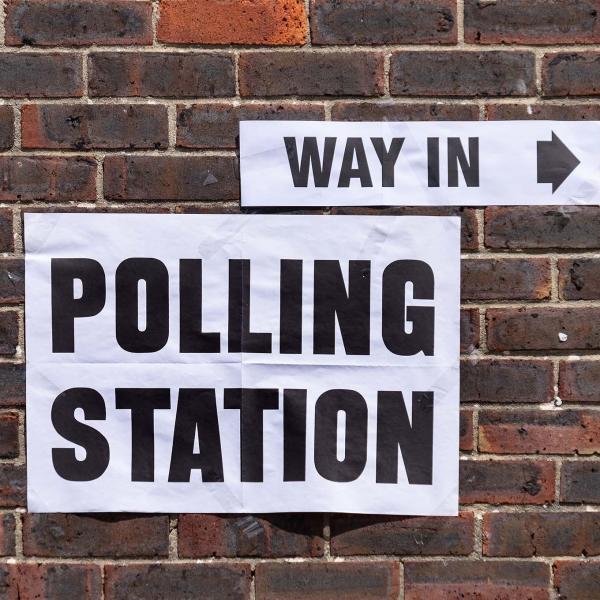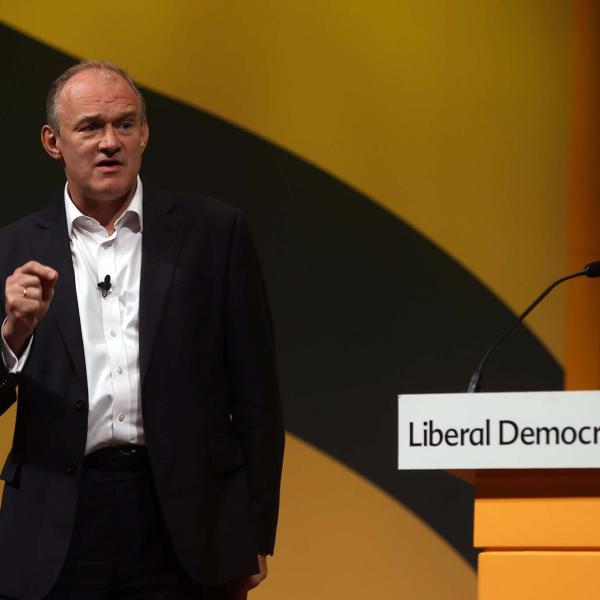In this paper we use data on the Norwegian bus transport industry to investigate the effects of different regulatory mechanisms and their economic implications. We develop a model that includes an efficiency parameter and a cost reduction effort variable, both of which enter the cost function, but which are not directly observable by the regulator. Given certain assumptions about how firms determine their cost reducing effort levels we can estimate the model. Parameter estimates can be used to design an optimal contract or other regulatory mechanisms. We use the results of our study to simulate the effects of different regulatory schemes, including the tendering of bus routes. One important finding is that an auction for a fixed price contract achieves almost the same level of welfare as the optimal auction. Therefore, the simpler fixed price contract auction seems to be the ideal regulatory mechanism in this case.







